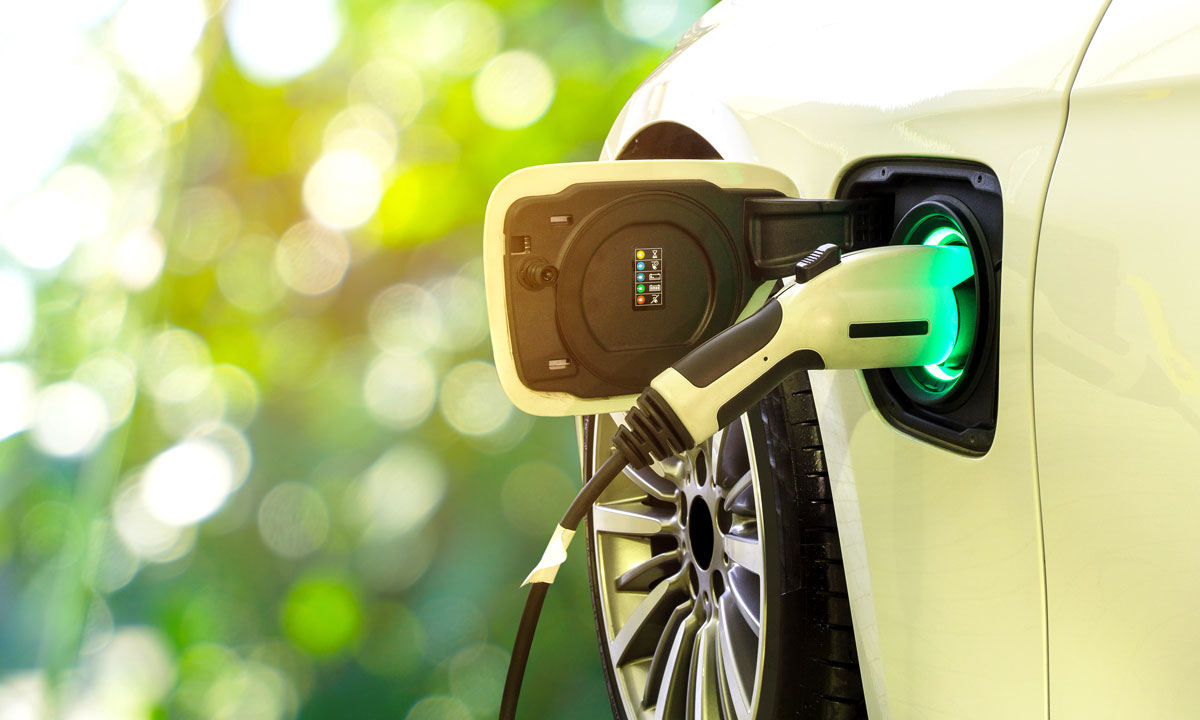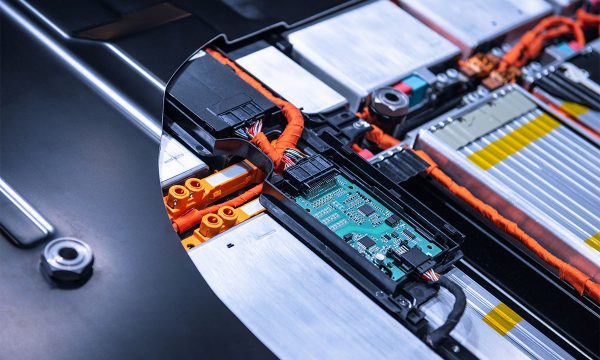
Canada is going to need every EV it can get—regardless of where the battery came from
The automotive industry has been going through a world of churn and change over the last couple of years and that churn and change seems likely to continue at an even more frenetic pace for the next few years at least.
A lot of the churn and change has been driven by government policy aimed at not only reducing emissions but also putting more zero emission vehicles on Canada’s roads.
Despite passing its Zero Emission Vehicles Act in May 2019 it took British Columbia another fourteen months to pass the operationalizing regulation in July of 2020.
However, B.C. then became the second province following Quebec to establish a provincial zero emissions vehicle mandate.
On top of that, earlier this year, the federal government formally announced its intention to introduce a national Zero Emissions Vehicle Mandate with targets of 20 per cent ZEVs by 2026, “at least 60 per cent” by 2030, and 100 per cent by 2035 as part of its 2030 Emissions Reduction Plan.
While the ERP was expected by industry, the completely new 2026 target was not, nor was an increase in the stringency of the target for 2030 from 50 per cent (aligned with the United States) to 60 per cent.
So the churn and change in this space will continue as industry strives to contend with a national ZEV mandate in addition to two provincial ZEV mandates—all the while trying to maintain a commitment to align our GHG emissions regulations with those of the U.S.
The federal Environment and Climate Change Minister, Steven Guilbeault, has for all intents and purposes drawn a line in the sand indicating that the Canada Gazette Part 1 Notice—essentially the draft regulation of the zero emission vehicle mandate—will be issued prior to the end of the year.
However, the United States will not have the EPA issuing its formal Notice of Proposed Rule Making (NPRM) on its post 2026 emissions regulations until sometime in the early spring of 2023. The question becomes how will Canada align with these regulations, while jumping out ahead of the United States with the draft of its ZEV regulation (which the U.S. does not have)?
Nor does the industry have much indication with respect to what the federal ZEV mandate parameters might look like other than to be told “it will look like California”. This is all well and good, but for companies to appropriately plan they need specifics—actual details.
The problem with this fix is that—in the short to medium term—it drastically reduces the number of EVs that are eligible to earn the incentive because critical materials/minerals and battery development in North America is still in its nascent stages.
The Global Automakers of Canada has accepted that the federal government has made the decision to pursue a national zero emission vehicle mandate, despite our skepticism about the ability to meet the stated targets, along with introducing a lot of unintended consequences. It will be interesting to see when we receive the framework for the regulation, especially considering the fact that any manufacturer’s product planning horizon is about five years.
In addition to these regulatory provisions aimed, ostensibly, at attempting to guarantee ZEV supply into the Canadian market, we have churn and change going on as countries and regions within countries vie for foreign direct investment in the new supply chain for zero emission vehicles (batteries, battery components, critical minerals etc.) in addition to the electric vehicle product mandates for the assembly facilities.
In this regard, it is important to give credit where credit is due. Federal Industry Minister, Francois Philippe Champagne and Ontario Economic Development Minister Vic Fedeli have been tireless proponents of Canada’s strengths on the global stage and have leveraged more than $16 billion in electric vehicle, battery, and battery component investment into Canada in Ontario and Quebec over the course of the last 18 months.
This is unprecedented, and hopefully there is more to come, but this is by no means guaranteed and is presently under threat by the latest protectionist measures from the United States that are wrapped up in the Inflation Reduction Act (IRA) that was passed in August.
On the one hand, the IRA fixed the EV incentive provisions from the previously proposed Build Back Better bill, which would have ultimately seen $12,500 worth of EV incentives going only to vehicles built in the United States.
This would have dealt Canadian EV manufacturing a fatal blow, given that 85 per cent of Canadian vehicle production is destined for the U.S. market. The “fix” in the IRA was to allow the new $7,500 incentive to be applied to any EV built in North America with the proviso that increasing levels of North American critical materials and the battery production were met.
The problem with this fix is that—in the short to medium term—it drastically reduces the number of EVs that are eligible to earn the incentive because critical materials/minerals and battery development in North America is still in its nascent stages. As a result, out of the more than 70 EV models available in the U.S. only about 25 will qualify for the rebate given the current restrictions.
While it is perhaps understandable that the U.S. is using every tool at its disposal to try and decrease reliance on China for batteries and battery components, the economic development tools with significant incentives attached for the production of batteries, their components, and the mining and processing of critical materials within the United States, make it difficult for Canada to compete for that same investment because of the quantum of the credits and subsidies. While this might be seen as good U.S. industrial policy it is probably not, in the short and medium term, going to assist in the uptake of EVs and this is what I am referring to in the title of this column regarding disruption dichotomies.
First, the EV consumer incentives will actually slow EV uptake because they will apply to fewer models—at least until the U.S. critical minerals and battery ecosystems evolve.
Secondly, this reshoring of batteries and other critical EV components comes at a price, making these components far more costly for EVs being built in the U.S. which, again, is not conducive to EV uptake.
Despite the allure of trying to support our own economic development in these areas in Canada, we should avoid at all costs following the US example of tying our EV incentives to domestic content requirements, because, unlike the United States, Canada will soon be releasing draft regulation for its national zero emission vehicle mandate.
In this mandated context where manufacturers will face financial penalties if they do not meet their EV targets, Canada is going to need every EV it can get—regardless of where the battery came from—in order to meet the aggressive ZEV targets the government has set.
This is indeed a disruptive dichotomy.











